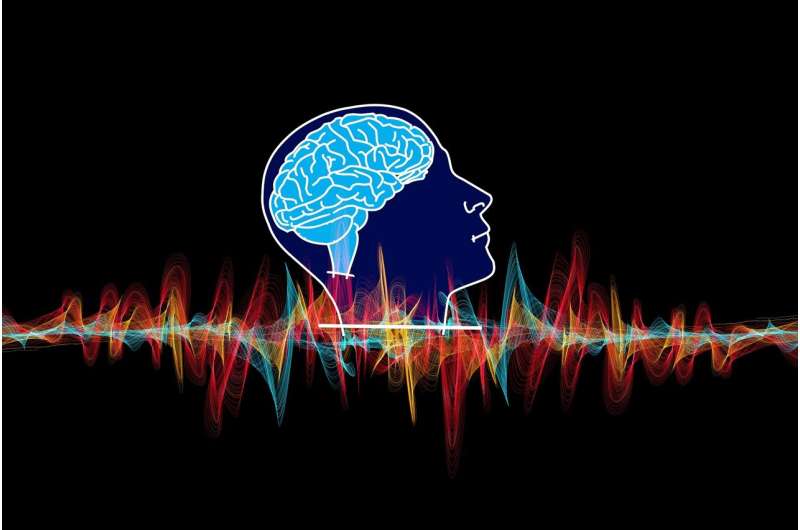New Insights into Molecular Mechanisms Could Lead to Causal Therapies for Epilepsy

Recent research from Vienna uncovers a molecular pathway linked to epilepsy development, paving the way for targeted therapies that address the disease's root causes rather than just managing symptoms.
Epilepsy is currently managed primarily through symptomatic treatments that focus on reducing seizure activity, but these do not address the underlying causes. Scientists from the Medical University of Vienna have uncovered a molecular mechanism that may be fundamental to the development of seizures, offering hope for the development of therapies that target the root causes of the disease.
The research, led by Helmut Kubista and Matej Hotka from the Center for Physiology and Pharmacology, concentrated on paroxysmal depolarization shifts (PDS), which are abnormal electrical activity patterns observed in neurons, especially in the hippocampus, during brain damage. Traditionally viewed as precursors to seizures, recent hypotheses suggested that PDS might actually contribute to the development of epilepsy itself.
Through cellular experiments using a specialized neuron culture model, the team discovered that PDS temporarily alter energy metabolism in neurons. Initially, this shift triggers a protective response; however, in the long run, it predisposes neurons to seizure-like electrical discharges. This insight highlights a potential target for intervention to prevent or mitigate epilepsy.
Epilepsy affects approximately 65 million people globally and results from disrupted excitation control within brain cells. Since current treatments mainly suppress symptoms, there is a significant need for strategies that prevent disease onset, especially in cases arising from brain injuries such as stroke or trauma.
The findings from this study open promising avenues for research focused on developing causal therapies. Targeting PDS and associated metabolic changes could help prevent epilepsy development following brain damage, moving beyond merely controlling seizures. Future studies aim to further explore these mechanisms and translate these findings into therapeutic options.
This research emphasizes the importance of understanding neuronal energy metabolism and electrical activity patterns in epilepsy and could eventually lead to innovative treatment strategies that address the disease at its core.
Stay Updated with Mia's Feed
Get the latest health & wellness insights delivered straight to your inbox.
Related Articles
New Research Reveals High Prevalence of Multiple Chronic Conditions among Hospital Patients in Malawi and Tanzania
A recent study reveals that nearly 50% of hospital admissions in Malawi and Tanzania involve patients with multiple chronic conditions, highlighting a critical public health challenge in sub-Saharan Africa.
Liquid Biopsy-Driven Treatment Switch Enhances Outcomes in Breast Cancer Recurrence
A groundbreaking clinical trial shows that early detection of resistance mutations via liquid biopsy and switching to experimental drugs can significantly improve outcomes for advanced breast cancer patients.
Continued Use of Antiseizure Medications During Pregnancy Despite Risks
A recent study highlights the ongoing use of antiseizure medications during pregnancy, with some drugs posing known or uncertain risks to fetal development. The research calls for better management and awareness, especially among socioeconomically disadvantaged populations.
Immune Biomarker Predicts Risk of Heart Damage from Cancer Drugs
New research reveals immune biomarkers that can predict the risk of heart damage in cancer patients treated with immune checkpoint inhibitors, enabling personalized monitoring and safer therapies.



